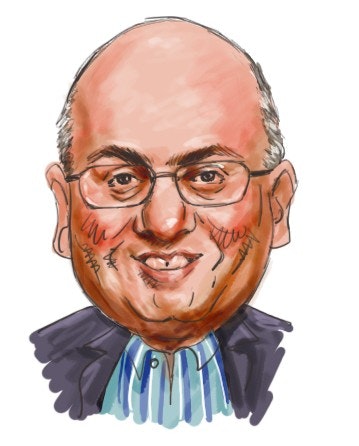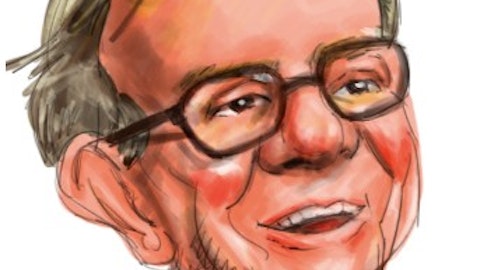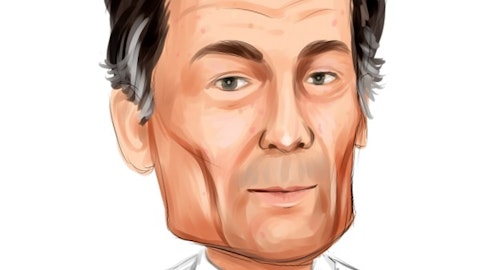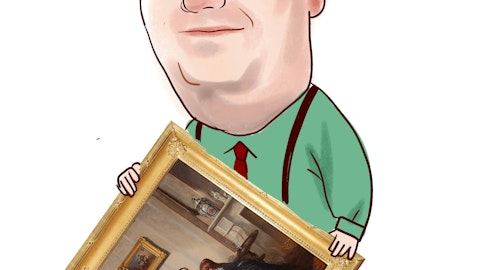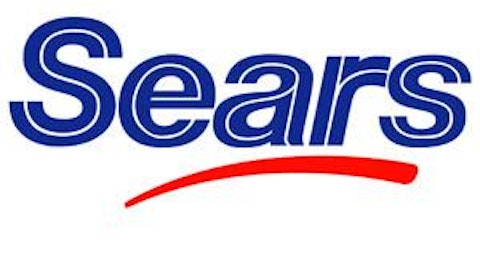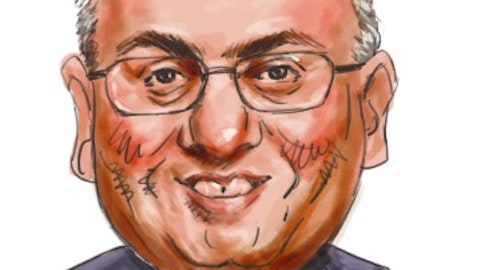Groupon Inc. (NASDAQ:GRPN), the widely popular daily deals site, has seen its stock lose over 70% in value from its November 2011 IPO price of $20. During the second quarter, Groupon began a steady decline amidst concerns over user growth and monetization. Over this same time, however, Bill Miller with Legg Mason Capital Management and Steven Cohen of SAC Capital almost doubled their positions in the company, while Jim Simons of Renaissance Technologies took a new position (see all the hedge funds owning Groupon here). Since then, the stock has continued its decline, falling as low as $4 before rebounding over the past month to now trade above the $5 mark.
Bill Miller and Steven Cohen also own Amazon.com, Inc (NASDAQ:AMZN), the e-commerce giant that owns an estimated 30% of Groupon’s closest direct competitor, LivingSocial. Amazon’s stock has been continuously making all-time highs over the past month. Although Amazon and Groupon have different business models, they both trade rather cheaply on a P/S basis compared with other popular Internet companies. Amazon trades at a P/S of 2.2, while Groupon trades at 2.1. Groupon is a local e-commerce marketplace that connects merchants to consumers by offering goods and services at a discount. Each day the company e-mails its subscribers discounted offers for goods and services that are targeted by location and personal preferences.
Other popular Internet companies, such as Kayak Software Corp (NASDAQ:KYAK), TripAdvisor Inc. (NASDAQ:TRIP) and eBay Inc. (NASDAQ:EBAY), all trade at a P/S ratio well above 2. KAYAK trades at a P/S of 5.7, TripAdvisor with a P/S of 7.6 and eBay at a P/S of 5. The forward P/E for Groupon is 14.4, while the P/E ratios of these other companies are all at or above 30, expect for eBay, which trades at a P/E of 18. Groupon trades at a PEG ratio of 0.88 based on a 5-year expected growth rate.
Consensus estimates show Groupon’s EPS over doubling from the 2012 estimate of $0.18 to 2013 estimate of $0.37. The numbers suggest that the company has strong expected growth prospects, but we are not ready to recommend Groupon just yet. At the same time that Bill Miller and Steven Cohen were upping their positions, Lee Ainslie with Maverick Capital was decreasing his first quarter position by 70%. During the first quarter, Ainslie and Maverick Capital held the most shares of Groupon, 6.3 million) of any of the hedge funds we track, but reduced this position to 2 million shares in the second quarter.
Over this same timeframe, Groupon added around 1 million active customers, brining their total active users to 38 million. This is down, however, from the 6.6 million active users added in Q2 2011, and the 3 million added Q1 2012. Consequently, this means that the company’s trailing twelve month customer growth rests near 3%, versus its 8-10% estimates. This shortcoming also impacted gross billings, which declined 5% from the prior quarter to $1.29 billion.
Interestingly, Groupon’s closest competitor, LivingSocial, recently announced plans to slow down its aggressive pace of acquisitions. LivingSocial has managed to continue to eat into Groupon’s market share, but its most recent announcement could be a signal that market saturation is occurring. Looking at Groupon’s “take rate”, which measures the percentage of profits it keeps per customer transaction, there has been improvement, as it is up to 44.2% after hitting 41.3% last quarter, so there are still some positives here. Groupon’s initiative to shift its focus from new customer acquisition to current customer monetization also bodes well for its bottom line. The company has been great at getting users to sign up, but we would like to see how gross billings improve over time as user acquisition continues to decline.
